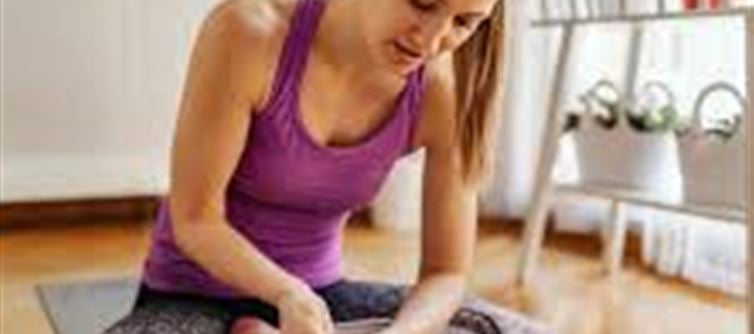
In today’s fast-paced, desk-bound lifestyle, our bodies are suffering more than we realize. Long hours of sitting, back-to-back meetings, and the relentless pursuit of deadlines often push physical activity to the bottom of our to-do list. But what if just one simple exercise—walking—could dramatically improve your health?
Here’s how taking regular walks, even at home, can help control blood sugar and protect your heart health—without a gym membership.
1 Walking: The Underrated Superpower for Your Heart
Brisk walking for 20–30 minutes a day can significantly lower your risk of heart disease. It improves blood circulation, lowers blood pressure, and strengthens the heart muscle. No treadmill? No problem. Walk in place, around your house, or up and down stairs!
2 Balance Blood sugar with a Post-Meal Walk
Studies show that walking for just 10–15 minutes after meals helps reduce blood sugar spikes. It enhances insulin sensitivity and encourages glucose uptake by muscles—perfect for managing or preventing type 2 diabetes.
3 Boosts Mood and Energy, Naturally
Walking increases endorphins and serotonin levels, helping combat stress, anxiety, and fatigue. It’s a natural mood enhancer—especially helpful if you're working from home and feeling cooped up.
4 zero Equipment, zero Excuses
You don’t need fancy workout gear or a gym subscription. All you need is a pair of comfy shoes and some space. Try indoor walking workouts, follow YouTube walking challenges, or set step goals using a fitness tracker.
Bottom Line: Small Steps, Big health Wins
Walking is simple, effective, and sustainable. Whether it’s a few laps around your living room or a stroll after dinner, those steps add up—to better heart health, balanced blood sugar, and a longer, healthier life.
Disclaimer:
The views and opinions expressed in this article are those of the author and do not necessarily reflect the official policy or position of any agency, organization, employer, or company. All information provided is for general informational purposes only. While every effort has been made to ensure accuracy, we make no representations or warranties of any kind, express or implied, about the completeness, reliability, or suitability of the information contained herein. Readers are advised to verify facts and seek professional advice where necessary. Any reliance placed on such information is strictly at the reader’s own risk.




 click and follow Indiaherald WhatsApp channel
click and follow Indiaherald WhatsApp channel